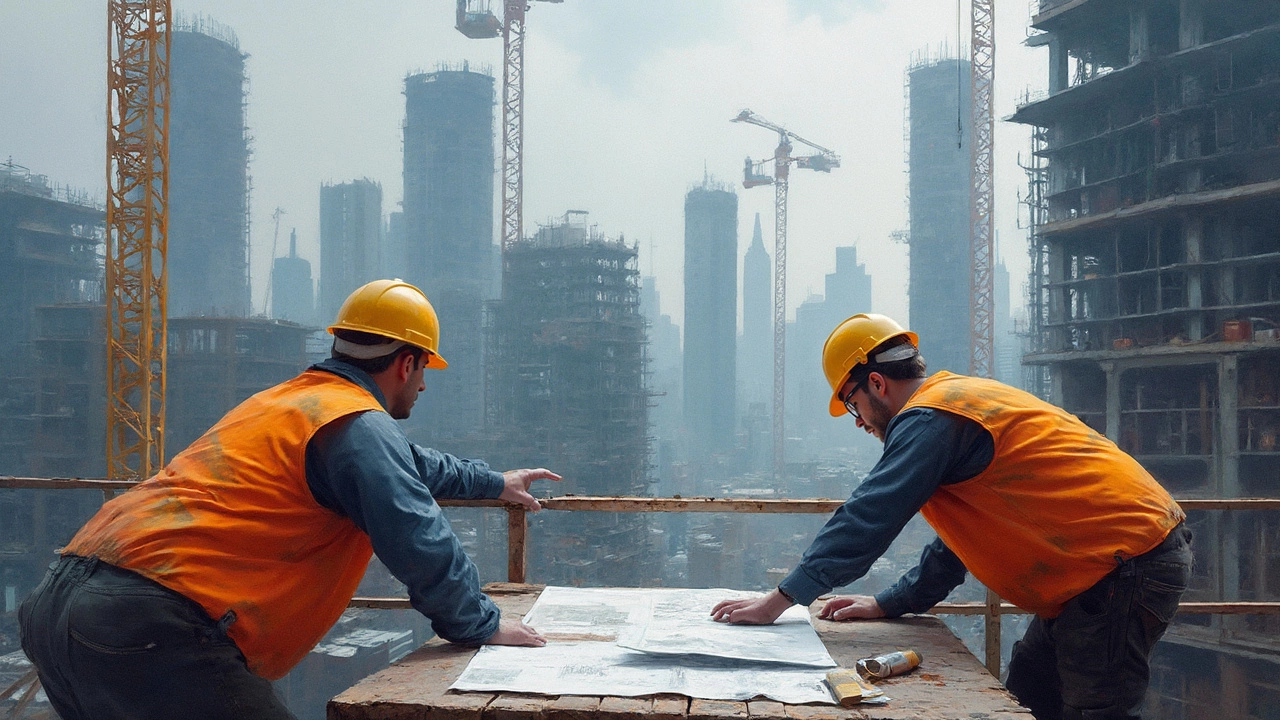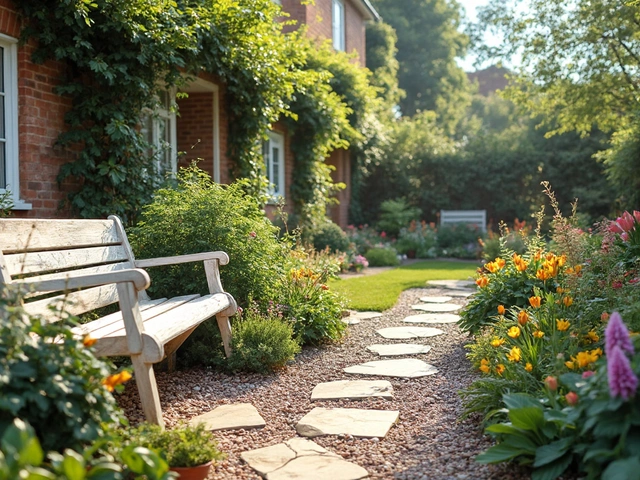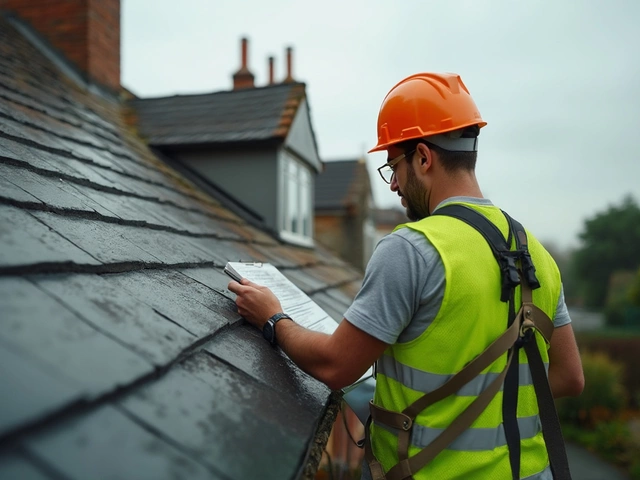Ever walked past a shiny new office tower or that sprawling mall and wondered what went into building it? That's what we're talking about when we say 'commercial project.' It's all about spaces where businesses can thrive, whether it's offices, retail spaces, or hotels. But there's way more behind the scenes than just bricks and mortar.
Now, you might wonder what's considered commercial rather than residential or industrial. Well, a commercial project has a distinct purpose: it's designed for business activities. Think shopping centers, office parks, hotels, and even large-scale entertainment venues. It's about facilitating the exchange of goods or services or providing spaces for professional practices.
- Definition of a Commercial Project
- Key Players in a Commercial Project
- Planning and Regulatory Requirements
- Common Challenges and Solutions
- Future Trends in Commercial Construction
Definition of a Commercial Project
So, what exactly is a commercial project? In the realm of construction, it refers to the process of creating spaces intended for business operations. These can range from small retail shops to large office complexes and even bigger entities like shopping malls or business parks.
The main attribute that sets commercial projects apart from residential or industrial ones is their end use, which is geared towards generating profit or supporting commercial activities. These projects cater to various business needs, which makes them a cornerstone of urban development.
Think of commercial construction as a collaboration of multiple specialists, including architects, engineers, contractors, and sometimes even city planners. The aim? To design and build functional spaces that match the specific needs of businesses.
Different Types of Commercial Projects
Commercial projects can be diverse. Common types include:
- Office Buildings: Spaces for businesses and professional services.
- Retail Stores: Shops, supermarkets, and boutiques.
- Hotels: Accommodation and event spaces for travelers.
- Restaurants: Dining spaces that vary in size from small cafes to large dining establishments.
- Mixed-Use Developments: Complexes combining residential, commercial, and sometimes even industrial spaces.
Each project type has unique requirements. For instance, retail spaces prioritize accessibility and customer flow, whereas office buildings focus on maximizing usable workspace and technological compatibility.
The Financial Aspect
Commercial projects often involve significant financial commitments. They are usually funded through various means: real estate investment, commercial loans, or joint ventures. Investors and developers look for projects promising a good return on investment, considering factors such as location, demand, and future growth potential.
Here's a fun fact: The global revenue for commercial construction was estimated at approximately $17 trillion in 2022. It's a behemoth of an industry, continually evolving to meet the changing landscapes of business and urban demands.
Key Players in a Commercial Project
When it comes to a commercial project, it's a bit like putting on a big production, and there are plenty of roles for everyone to play. Each one is crucial to getting from a patch of dirt to that shiny new skyscraper.
Property Developer
The property developer is like the project leader. They're the ones who identify opportunities and bring together the resources and people to turn an idea into reality. They're basically the visionaries who make the call on what gets built and where.
Project Manager
Then comes the project manager, the super-organizer who keeps everything in line. This person is responsible for ensuring that all parts of the construction are on time and within budget. They’re your field general, making sure everything goes according to plan.
Architects & Engineers
Architects design the look and layout, while engineers make sure everything is structurally sound and meets safety standards. They're the creative brains and technical experts, turning dreams into drawings and checking if those drawings stand up to real-life problems.
Construction Contractors
The boots on the ground are the construction contractors. These are the folks who roll up their sleeves and make the blueprints come alive. This group includes general contractors and specialty subcontractors (electricians, plumbers, etc.) who focus on specific parts of the build.
Regulatory Bodies
Regulatory bodies might not be at the construction site, but their role is just as important. They ensure the project complies with local laws, building codes, and safety regulations. Without their approval, nothing moves forward.
| Role | Responsibilities |
|---|---|
| Property Developer | Identifies opportunities, assembles resources |
| Project Manager | Ensures timelines and budgets are met |
| Architects & Engineers | Design and ensure structural safety |
| Construction Contractors | Execute the actual building |
| Regulatory Bodies | Oversee law and code compliance |
These are just a few of the key players in any given project, but it gives you a sense of the teamwork involved. Each has a critical role in bringing a commercial project to life, and without their combined effort, you'd never get past the planning stage.
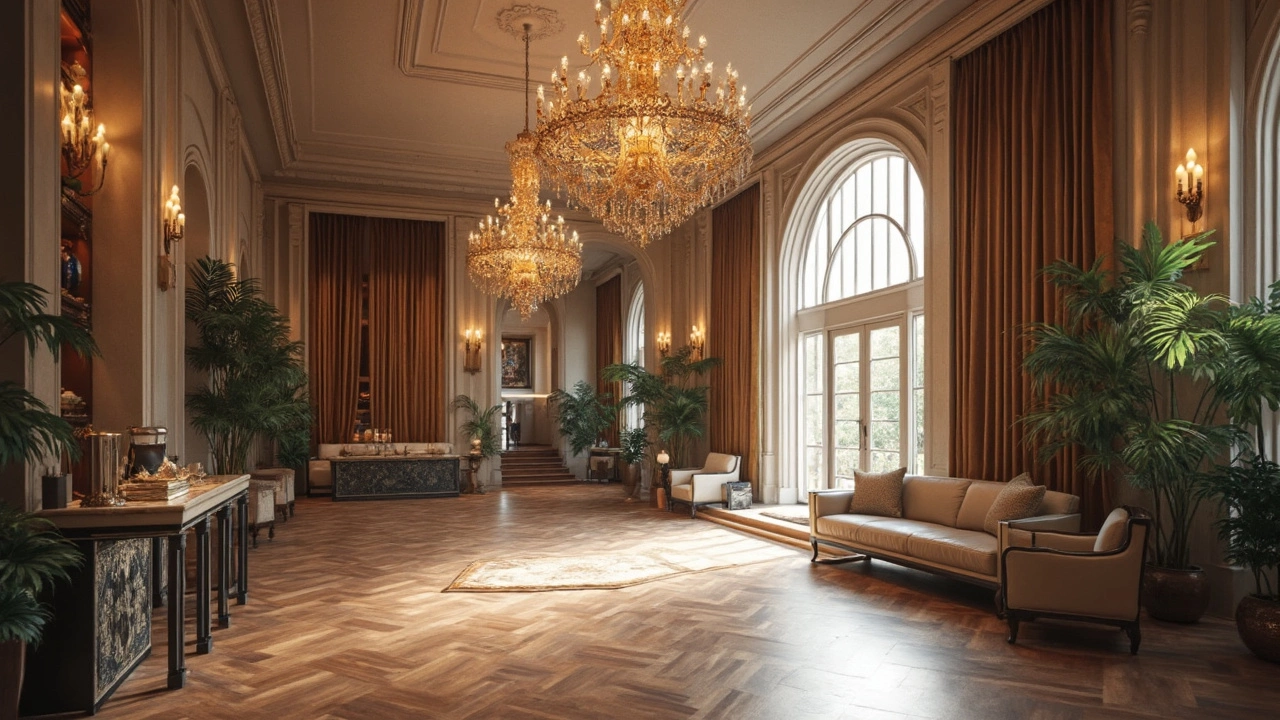
Planning and Regulatory Requirements
Diving into the intricacies of a commercial project, you'll quickly find that planning isn't as simple as dreaming up a cool design. The process is woven with the threads of zoning laws, building codes, permits, and more. Without these, you might just end up with a nice blueprint and no legal ground to put a shovel in the dirt.
Understanding Zoning Laws
Before even thinking of a groundbreaking ceremony, understanding the zoning laws is crucial. Cities and towns use zoning to organize spaces efficiently. If you're eyeing a plot in the city center for your new office building, you need to ensure it's marked for commercial use. Residential zones won't cut it, and getting this switch can be time-consuming and sometimes a dead end.
Permits and Approvals
Next up, the permits. Think of them as official thumbs-ups from local authorities. From construction permits to environmental impact assessments, each plays a role in ensuring the structure is safe and compliant. Missing even one can halt construction faster than the flick of a switch.
Building Codes
Building codes ensure safety and sustainability. They're the rulebook that architects and builders swear by. It covers everything from structural integrity to fire safety, even to the nitty-gritty of energy efficiency. Meeting these codes isn't just about following the letter of the law—it's about creating a safe environment for future occupants.
Environmental Regulations
With global awareness leaning heavily on sustainability, environmental regulations have increasingly become a focal point. Construction projects often require assessments to gauge their environmental impact. Reducing carbon footprints, managing waste effectively, and protecting local wildlife are key considerations.
So, why all these hoops? These regulations are like the unsung heroes ensuring our urban landscapes are safe, organized, and mindful of our surroundings. Anyone delving into commercial construction must embrace these steps not as hurdles, but as essential components in the journey of bringing commercial projects to life.
Common Challenges and Solutions
Diving into the world of commercial projects, you'll quickly find that it's not always smooth sailing. There are a few bumps along the way that anyone involved in commercial construction should be ready for. The good news? Most of these challenges come with solutions if you know where to look.
Navigate Tight Budgets
One of the biggest hurdles is managing a budget. Commercial projects can be expensive, and costs can spiral out of control if not properly kept in check. It's crucial to have a detailed budget plan from the start and stick to it like glue. Regularly monitor expenses against forecasts and be adaptable—you might need to make some trade-offs to stay on track.
Regulations and Permits
Another head-scratcher is dealing with all the red tape—permits, regulations, and local codes galore. Missing just one requirement can set a project back weeks or even months. Before breaking ground, ensure you've got all necessary permits and are up-to-date on local laws. This is one place where hiring a consultant can really pay off.
Managing Timelines
Time is money, people! Delays can be a massive financial strain, so sticking to timelines is non-negotiable. Unfortunately, unforeseen issues like weather or supply chain disruptions can throw a wrench in the works. Have contingency plans in place and maintain flexible communication with suppliers and contractors to handle hiccups promptly.
Ensuring Safety
Safety can't be overlooked. Risks are part and parcel of construction, but you can minimize them with a strong safety protocol in place and regular training sessions for all hands on deck. Not only does this protect workers, but it also keeps you on the right side of the law.
Communication Is Key
Poor communication has sunk more than a few projects. With so many parties involved, from architects to contractors, having a solid communication plan is crucial. Consider using project management software to streamline this process. Keeping everyone in the loop prevents misunderstandings, errors, and costly changes down the line.
By anticipating these challenges and being prepared with strategies to overcome them, you can tackle any commercial project with confidence and a proactive mindset.
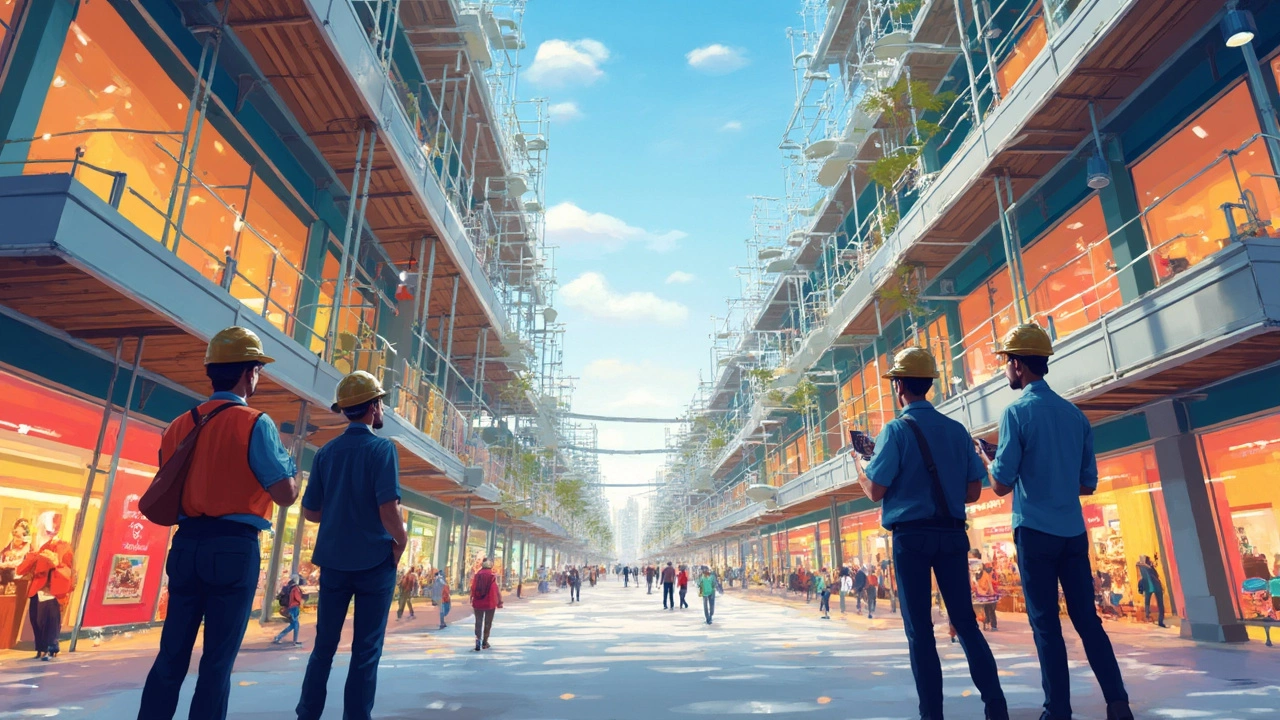
Future Trends in Commercial Construction
The landscape of commercial construction is shifting faster than the latest TikTok trend. If you're in the business, or just curious, staying ahead of these changes could give you a leg up. Here are some key trends making waves.
Going Green with Sustainable Design
It's no secret. Sustainable building practices are not just a buzzword—they're becoming the norm. More commercial projects are incorporating eco-friendly designs, from energy-efficient lighting to green roofs. According to the U.S. Green Building Council, buildings with a LEED certification save money and resources and have a positive impact on the health of occupants, promoting renewable clean energy.
Ellen Albright, a respected architect, mentions, 'Sustainable design isn't just a fad. It's the foundation of future development.'
Incorporating Smart Technology
Tech is everywhere, and our buildings are getting smarter. From automated HVAC systems to advanced security features, technology is making commercial spaces more efficient and, let's face it, cooler. Ten years from now, you might rely more on automated building systems than just a thermostat! Smart buildings are slashing operational costs and improving energy consumption.
Adapting to Remote Work Trends
The pandemic flipped the work environment on its head. As businesses adapt, so does commercial construction. Flexible office layouts that can easily transform from open spaces to private settings are in high demand. Developers anticipate a continued need for versatile spaces, catering to the hybrid work model many companies are embracing.
Modular Construction on the Rise
Modular construction isn't just Lego for adults. It's a serious trend. Reducing construction time and waste, these prefab sections are assembled on-site in record time. It's efficient and cost-effective, offering a promising solution to the usual hitches of traditional building methods.
Emphasis on Health and Safety
The need for enhanced health and safety features has never been more pronounced. Think ventilation systems that promote air quality, touchless technology, and materials that are easier to clean. And it's not just customers who are demanding this—it's employees, too.
This table breaks down some impressive statistics from recent surveys:
| Trend | Expected Growth |
|---|---|
| Smart Technology | 15% increase annually |
| Sustainable Building | 25% more LEED projects |
Keeping an eye on these emerging trends in commercial construction isn't just useful—it might be essential for staying competitive. So whether you're building a new office block or sprucing up a retail space, knowing what to expect can guide you to a successful project.

